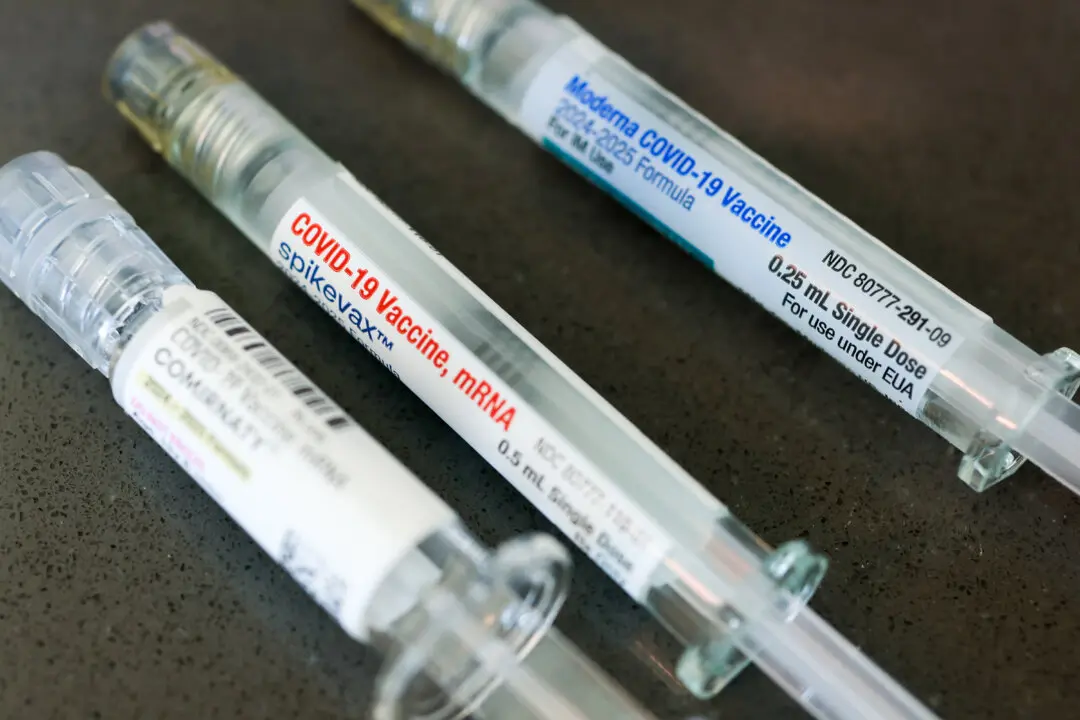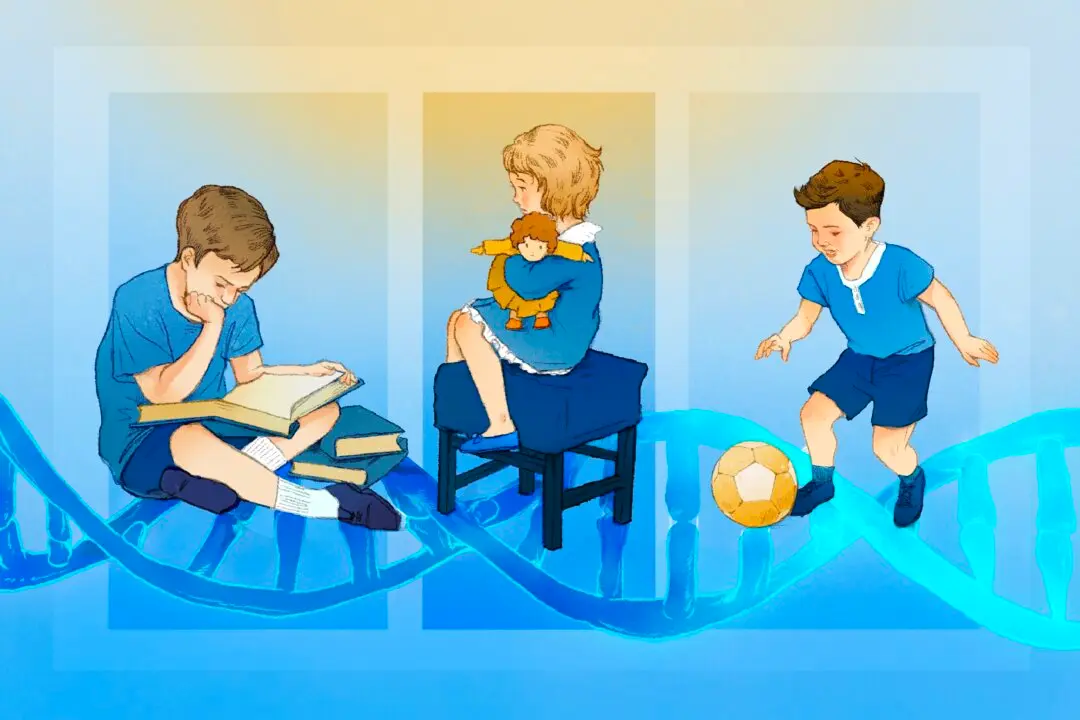A Canadian study has found the mechanism underlying regeneration of damaged heart tissue in zebrafish, with researchers optimistic that the findings may give rise to heart regeneration therapeutics for human use.
“This discovery will make it possible to study the potential of this molecule for treatment purposes in people with heart damage,” one of the authors of the study, Prof. Ruben Juez of Université de Montréal, said in the university’s media release.






